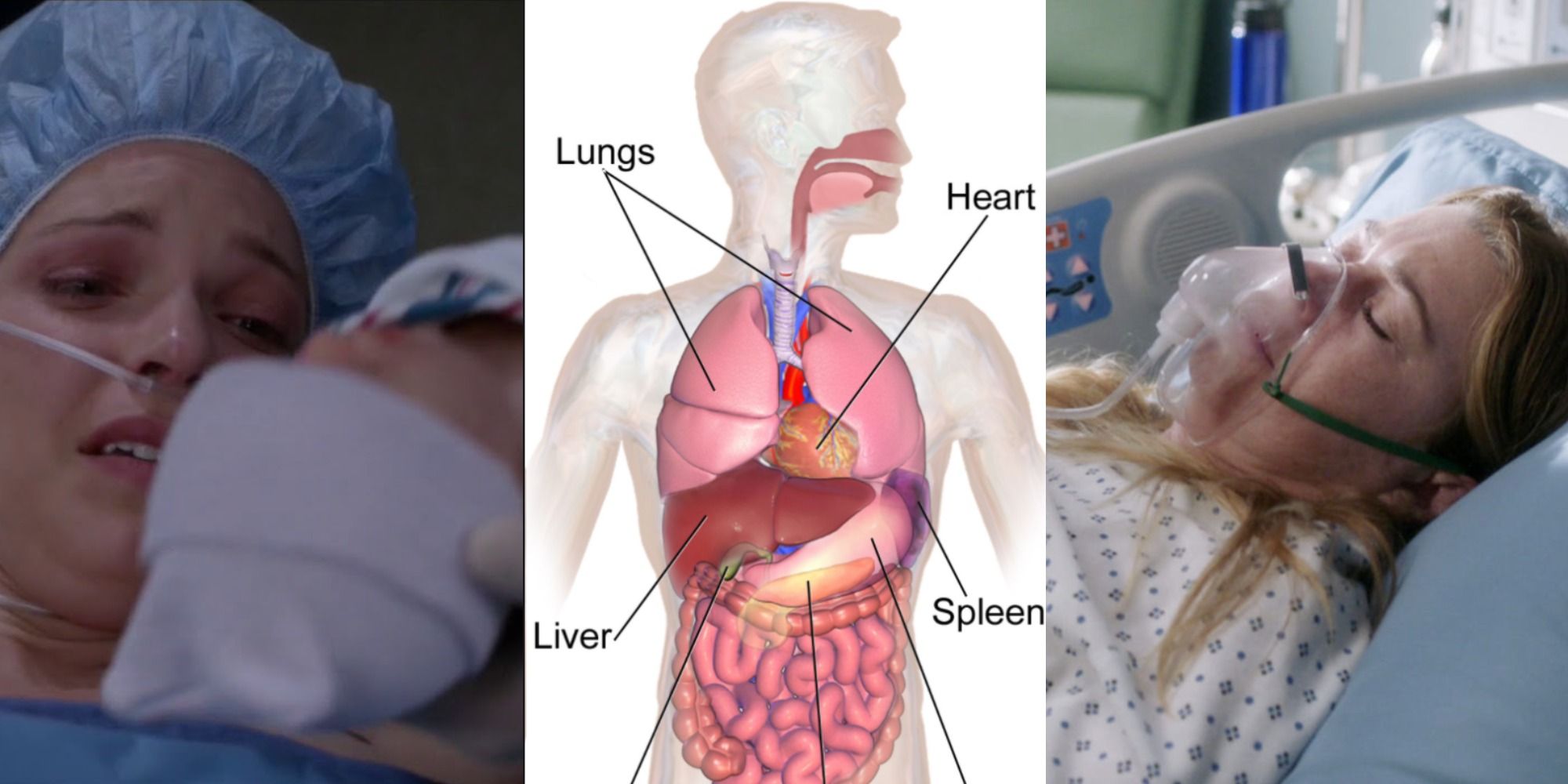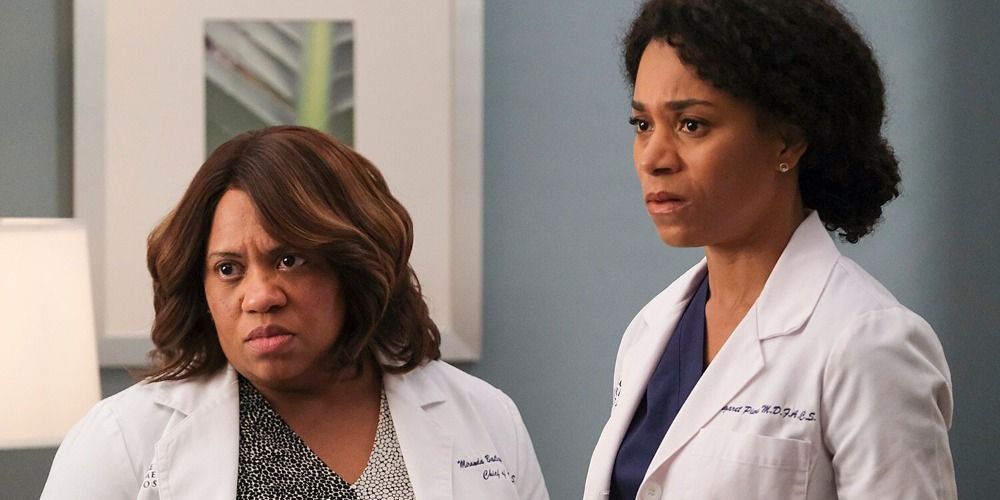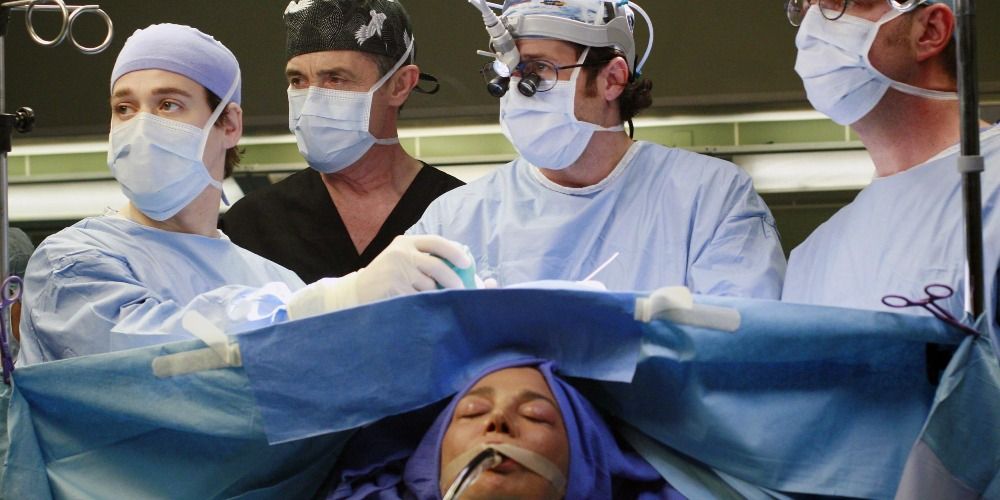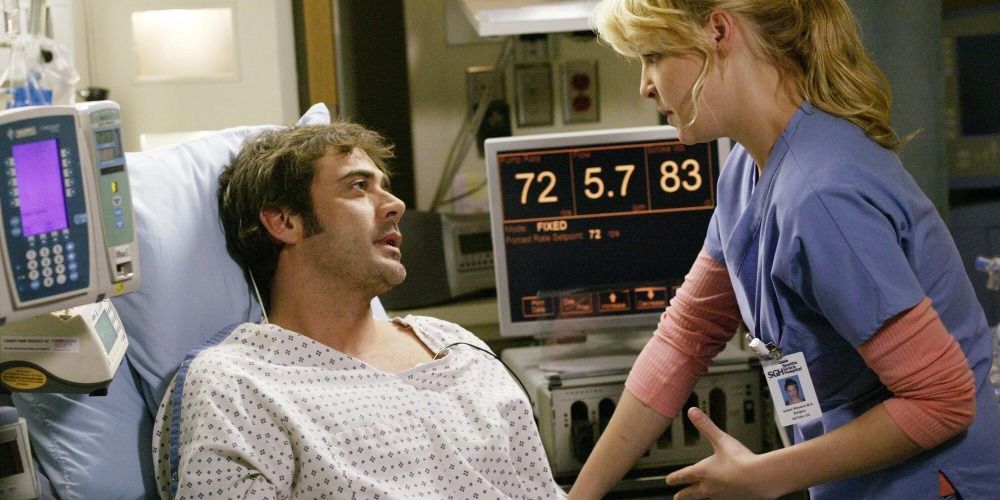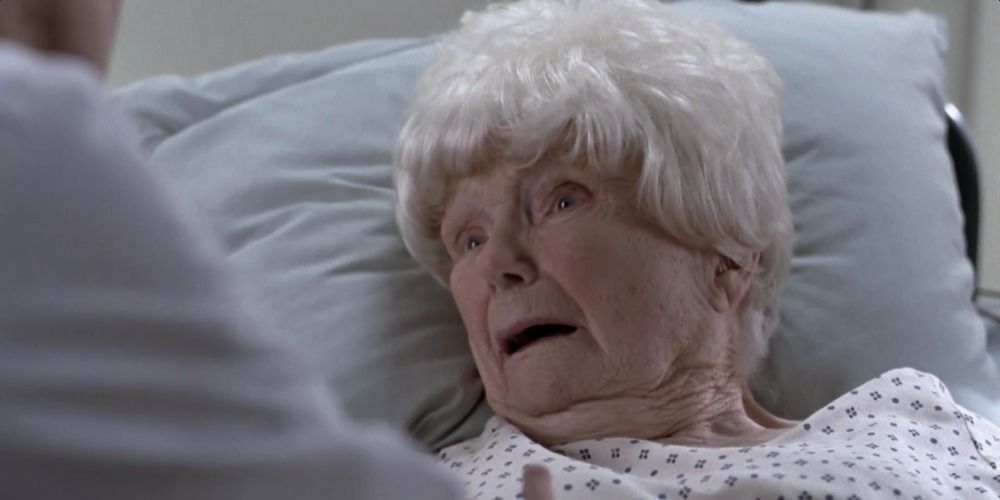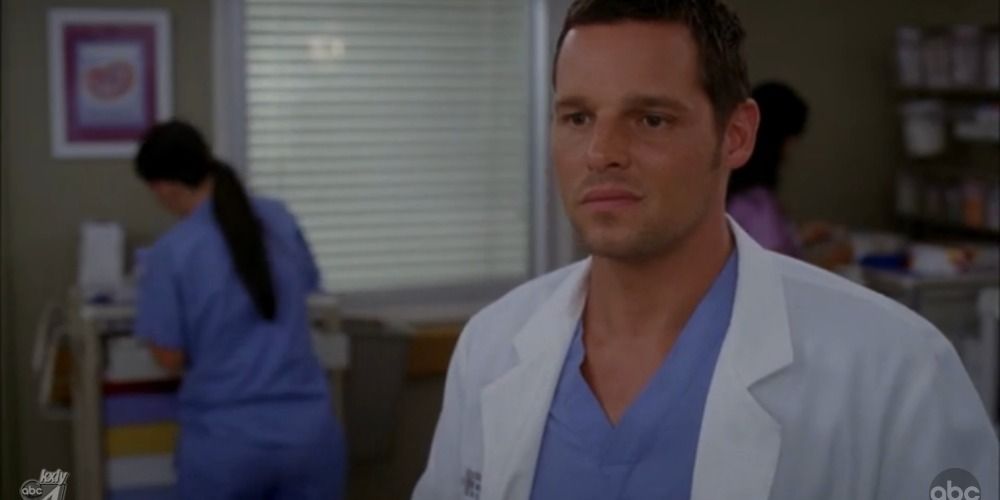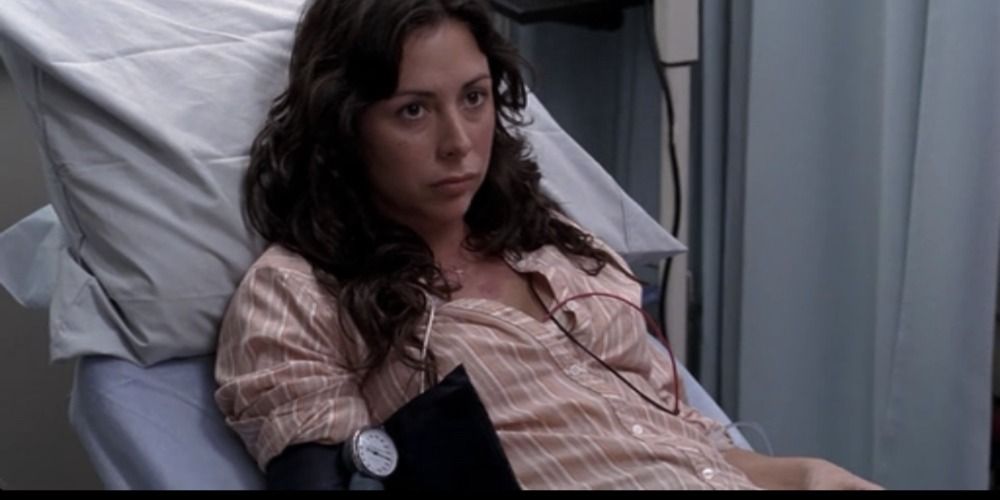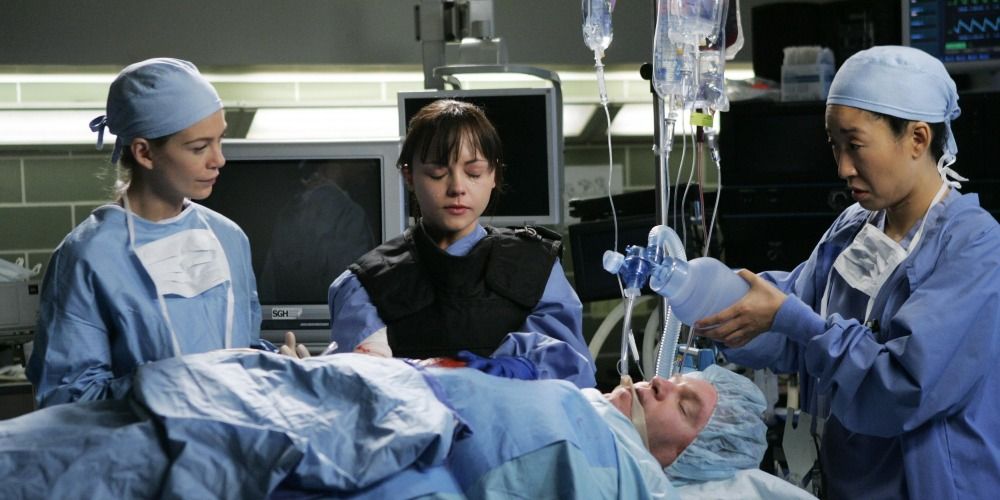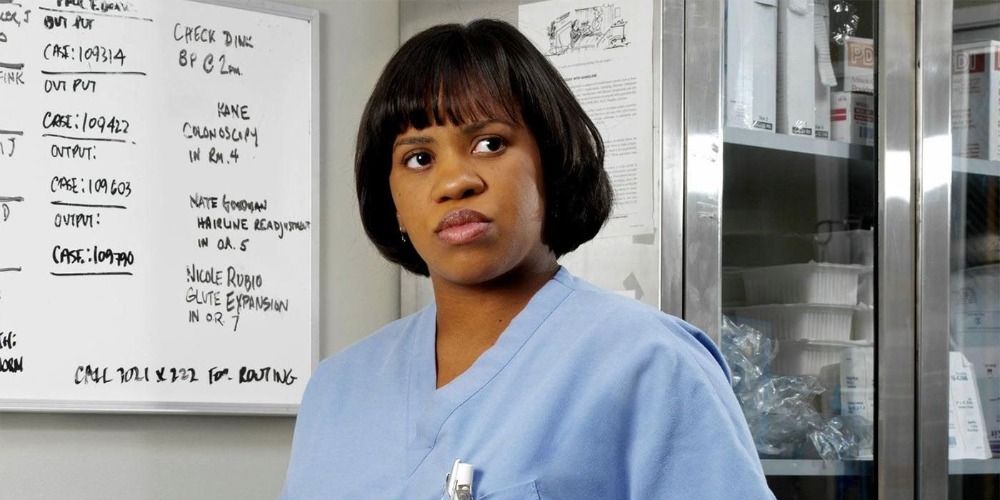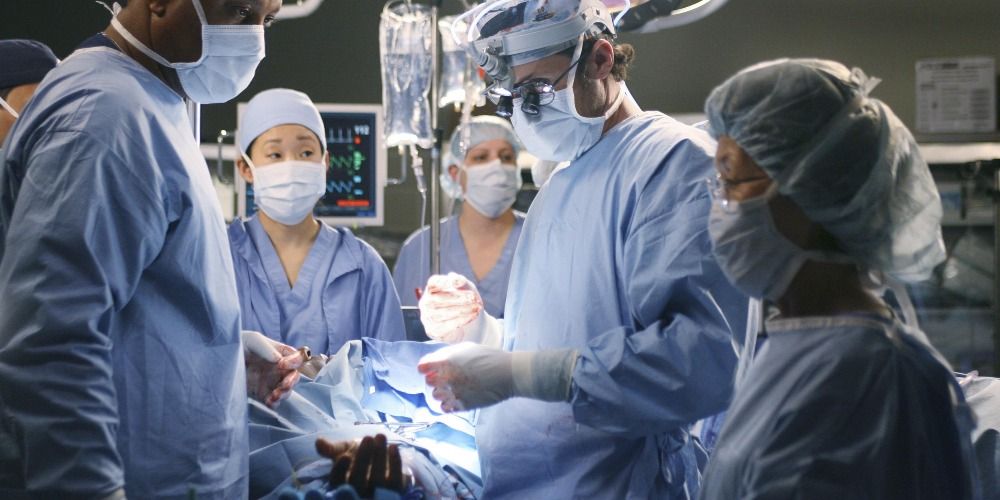ABC's Grey's Anatomy has been nothing short of entertaining since its television debut in 2005. It has given fans iconic quotes, cute couples, heartbreaking separations, a beautiful soundtrack, and more. As an added bonus, it has also taught laymen fans some interesting medical terms.
The doctors of Grey/Sloan Memorial Hospital have a lot to learn before they become high-flying surgeons, and they need to retain, understand, and put into practice all of the necessary vocabularies, with the ability to quickly regurgitate it when communicating to their fellow hospital staff, peers, coworkers, and doctors.
"V-Fib"
The doctors of Grey's frequently drop this line when someone is in cardiac arrest, especially those surgeons whose specialty is in Cardio. It often happens after the patient suffers an acute heart attack. 'V-Fib' is an acronym for the longer term, "Ventricular Fibrillation." When the muscle fibers in the lower area of the heart are uncontrollable, it causes the heart to cease pumping blood throughout the body, which can be a fatal occurrence. It can be treated with a device called an external defibrillator.
A "V-Fib storm," which is when a patient sustains three or more cases of ventricular fibrillation in a 24-hour period, occurs in season 17 Grey's when a young man named Guy experiences one after being struck by a rubber bullet during a police brutality protest, with Dr. Maggie Pierce overseeing him.
"Shunt"
Another medical term often used in the award-winning ABC drama is "shunt," a word neurosurgeons like Dr. Derek Shepherd often mutter while in the O.R. A shunt is a hollow, narrow tube that is placed into the brain or the spine in order to aid cerebrospinal fluid in the brain to drain somewhere else into the body for it to be reabsorbed. A shunt is a critical medical tool, as fluid in the brain is life-threatening. It is used to treat areas of pressure on the brain triggered by hydrocephalus.
Season 11 saw an Alzheimer's patient come in after getting into a car accident. However, after some more probing, he actually doesn't have Alzheimer's and instead has a build-up of fluid in his brain, which could be remedied with a shunt, but he refused after learning he killed a pregnant woman in the tragedy.
"LVAD"
This medical term from Grey's became famous in season two, as Dr. Isobel Stevens cut the LVAD of patient and lover Denny Duquette, a heart transplant recipient, so he could move higher up on the donor list, as doing so would worsen his condition. "LVAD" is a medical acronym that stands for "Left Ventricular Assist Device."
It is a pump that helps a failed ventricle and takes the strain off of the heart by using both an inflow tube, connecting the LVAD to the heart, and an outflow tube, which connects the LVAD to the aorta, helping deliver that blood to the rest of the body.
"Laceration"
This word is tossed around the show a lot, and for good reason. A "laceration" is a skin wound caused by blunt force trauma, commonly referred to as a "cut." Since there are many instances in which patients walk into the hospital with a laceration, it is easy to see why this medical term is not only said often, but arguably the most well-known term fans know from the show (without necessarily needing to look it up).
One of the more disturbing lacerations audiences witnessed was the plane crash in which Derek sustained a crush injury to his hand and a laceration to his arm begging the question of if he would ever be able to operate again.
"Intubate"
To understand this medical jargon, one only needs to look at the word: "in" and "tube" make up the whole word, so it means exactly what most think it would. In its shortest definition, to intubate a patient means to place a tube in them - commonly in their trachea (known as a breathing tube) when they aren't breathing properly on their own, in order to perform mechanical ventilation, a life-saving measure.
One of the sadder instances of intubation in the show was in season 2 when Meredith accidentally intubated a hospice patient who had a DNR and was instructed later to remove it so the patient could pass, something that may go against every doctor's instinct.
"Epi"
The doctors of Grey Sloan also throw this medical term around. "Push one of epi" is a normal phrase for this medical drama. 'Epi' is short for epinephrine, a hormone and medication used for helping restore visceral functions (respiratory) and it is known by its other, more common name: adrenaline.
Adrenaline is something all people have in their body and it is produced by the adrenal glands and some other smaller neurons. It is sparked during the "fight-or-flight" response of the body. In season 8, Dr. Cristina Yang accidentally injects Dr. Alex Karev with epinephrine in surgery, causing him to collapse on the O.R. floor.
"CT"
CT, or Computed Tomography, is a scan (diagnostic image) that uses X-ray technology to snap images of the inside of the body. It can show details of any part, like bones, muscles, organs, blood vessels, fluid/tissue biopsies, or as a preparatory measure before surgery.
They can be done with or without contrast - normally, when contrast is used, it is to compare scans and catch any abnormalities. It is crucial to remain still inside of a CT, however. In one notable episode of Grey's Anatomy, a patient who experienced spontaneous orgasms was given a CT scan, but had one during the scan, so the procedure had to be restarted.
"Coding"
In the medical field, "coding" is a term that categorizes by color to indicate the diagnosis of a patient, a crisis, equipment, and more. Many times in the show, when a patient is "coding," it is because they have fallen under cardiac or respiratory duress, and in Grey's, it is indicated by "code blue."
There are also other color codes used in the show, like black (bombing), pink (child abduction), red (fire), yellow (large disaster, like the ferry crash in season 3), orange (a staff member in danger), and violet (when a patient is being violent to a hospital staff personnel).
"Central Line"
In the very first episode of Grey's Anatomy, a "central line" is inserted into a patient's body and from there, fans have heard the medical term over and over again. A "central line" is a catheter that is placed in a large vein so that more than one IV can be administered and blood may be drawn when necessary. It is different from the IV fans know, as the former is larger, can be used over a longer period of time, allows more fluid to course through the patient, and is an easy, efficient way to draw blood.
In one of the earlier episodes, Dr. Isobel Stevens needs to insert one, but doesn't know how, so she has to ask a sleeping -- and grumpy -- Dr. Miranda Bailey for assistance.
"10-Blade"
Besides the traditional scalpel, a "10-blade" is an oft-used surgical instrument with a curved cutting edge to make large incisions in the skin and muscle. They may be used for inguinal hernia repair or to open the bronchus during thoracic surgery.
They are made of steel (tempered, stainless, carbon, etc) and need to be sterilized before and after every procedure, and the doctors of Grey Sloan use this tool in many of the episodes.

